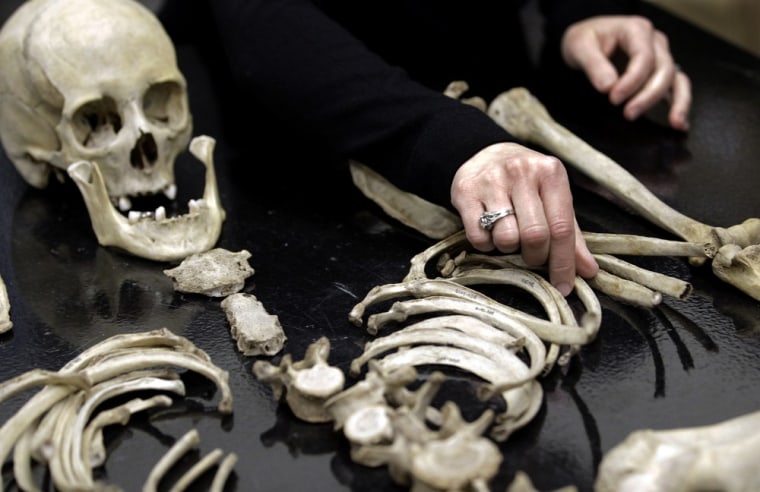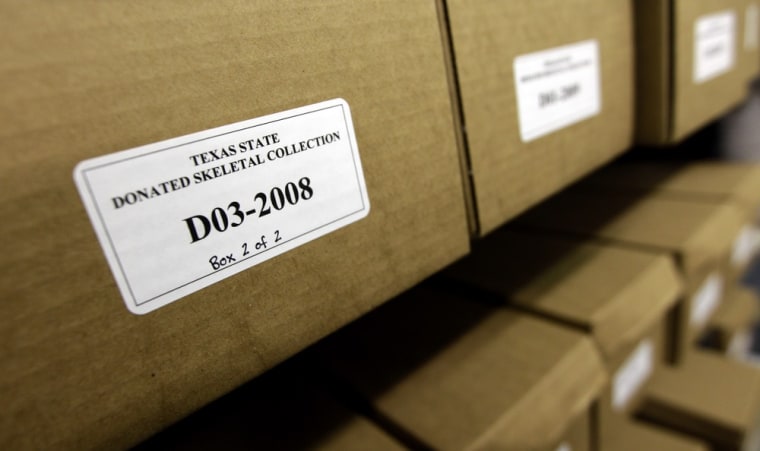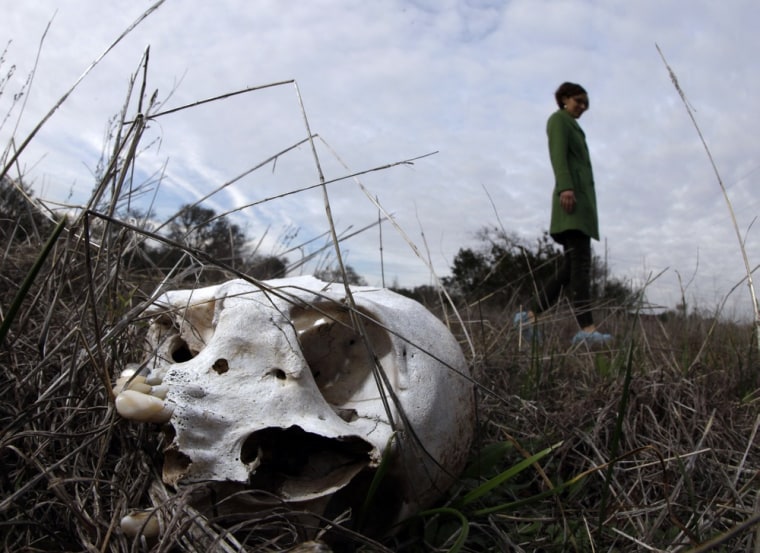The Associated Press reports — For more than five weeks, a woman's body lay undisturbed in a secluded Texas field. Then a frenzied flock of vultures descended on the corpse and reduced it to a skeleton within hours.
But this was not a crime scene lost to nature. It was an important scientific experiment into the way human bodies decompose, and the findings are upending assumptions about decay that have been the basis of homicide cases for decades.
Experienced investigators would normally have interpreted the absence of flesh and the condition of the bones as evidence that the woman had been dead for six months, possibly even a year or more. Now a study of vultures at Texas State University is calling into question many of the benchmarks detectives have long relied on.
Researchers at the school's "body farm," officially the Forensic Anthropology Research Facility, are monitoring a half-dozen other corpses in various stages of decomposition, and they have a list of about 100 people prepared to donate their bodies to the project.
The body in the vulture study was that of Patty Robinson, an Austin woman who died of breast cancer in 2009 at age 72. She donated her remains to research, and they were placed in a five-acre fenced area.
Her son, James, said the research seemed like a worthy project and his mother would be delighted "if she could come back and see what she's been doing." Read the full story.


